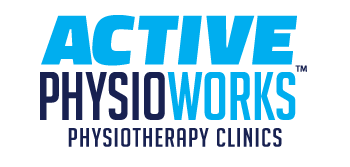Elite Endurance Athlete Training
Apr 16, 2020
As runners and athletes, we are always looking at ways we can maximize our training and avoid injury. The biggest culprit of training injuries is we overload our bodies capacity to adapt. The video below is a great resource for developing a great training plan that may help you stay injury free. Take a moment to listen to the talk below and my takeaways from the video.
https://www.youtube.com/watch?v=MALsI0mJ09I
Couple of thoughts on this great talk about endurance training, and what I often see as possible causes of some of the injuries I see in the clinic. Looking back on my training in years past I know I have made mistakes in planning resulting in injury, and not maximizing my training potential.
- Training at low intensity or green zone, allows two things. First it allows loads that increase our endurance without overloading your soft tissue, bones and joints leading to potential injury. Second, you can maximize your harder days, as you will be more rested and not fatigued from previous workouts.
- Too often in our training we get “stuck in the rut”: We do too much training at our yellow zone, and do not stray from it, or we stay in our safe zone and never push ourselves and challenge our musculoskeletal system to make gains and adapt. Moderate intensity builds endurance but can possibly cause breakdown as it can be too high a load at that frequency. This may result in decreased training effects as we burn ourselves out without recovery.
- Intense workouts are not spaced out enough. We do not maximize the current workout since we are fatigued from just completing a hard day. Partially due to my age, I will only do 2 harder workouts a week, with the rest being time spent in the green zone. I find I get more out of these workouts as I feel rested and ready for them.
3. Some would argue that the model of finding ways to increase our frequency of training to allow more green zone time and less focused workouts only works for the elite athletes who put in long weeks of training. I agree this is sometimes very hard to do, based on our life schedules. Easy days can be broken up in the day, possibly using as a way to commute from work if possible.
4. This training philosophy can be very freeing, allowing a little less regimented week. If you miss a focused workout due to schedules, or you aren’t “feeling” it that day, or have a little ache, take it as a rest day or easy run or walk and save the workout for later.
5. Endurance can be built on volume through the week, not just the long run. I am not discounting the value of a longer effort in the week, but it doesn’t always have to be the focus. I have weeks where I do not do a long run in my training leading up to my race. Sometimes it is due to a busy schedule and sometimes I have had two of intervals, tempo or strength in my week, and will use the easy run volume in the week around those key workouts to build strength.
It would be wonderful if there was a cookie cutter recipe for injury free running plans, but there is not. Everyone who embarks on a run program is unique from their job, family commitments, previous health factors, different sports backgrounds, and the list can go on. Utilize a training plan as a guideline, and modify it based on how you feel you are responding, and adapting to the training. I hope this helps you all stay injury free and continue to be able to enjoy your weeks of training.
Please add your bio info through your member profile page, or through your dashboard.

